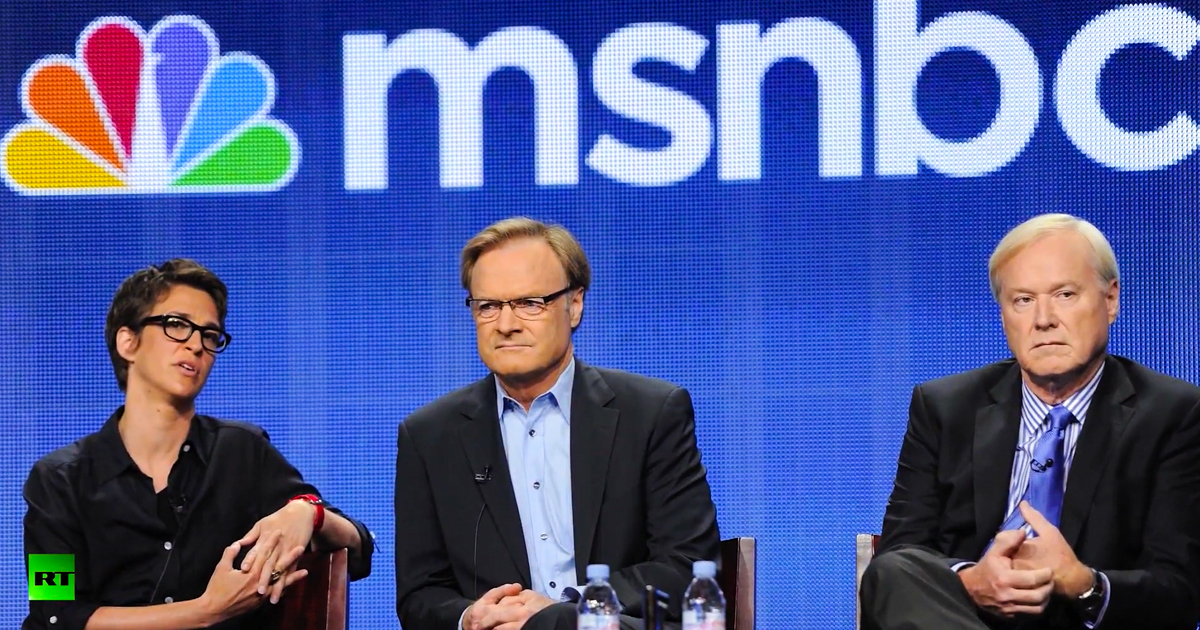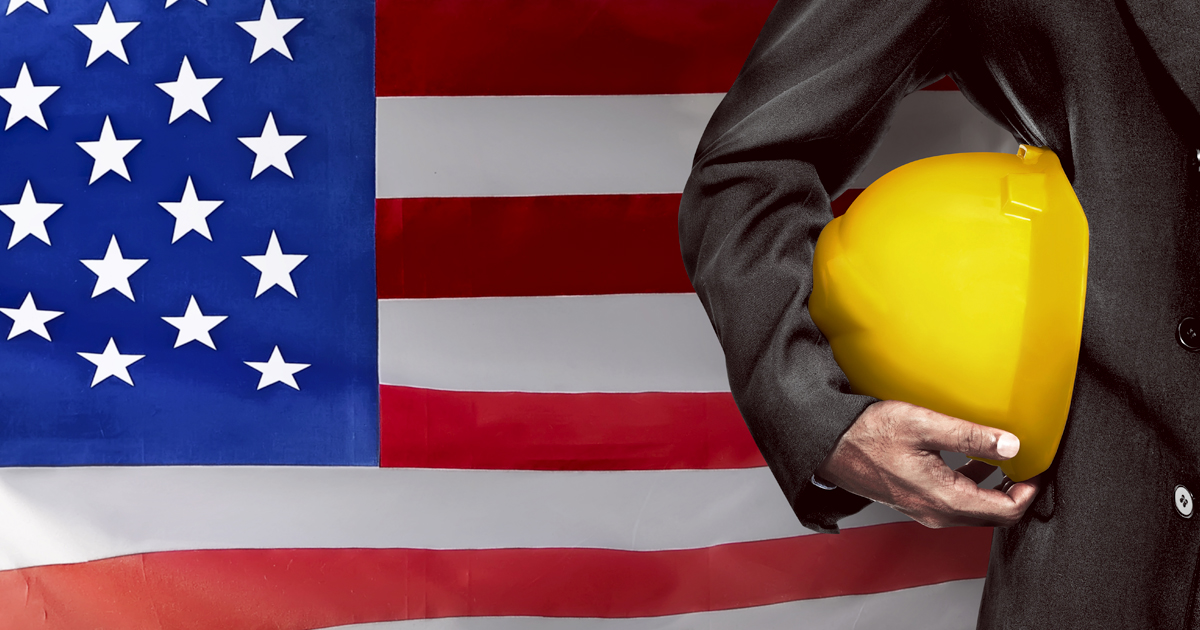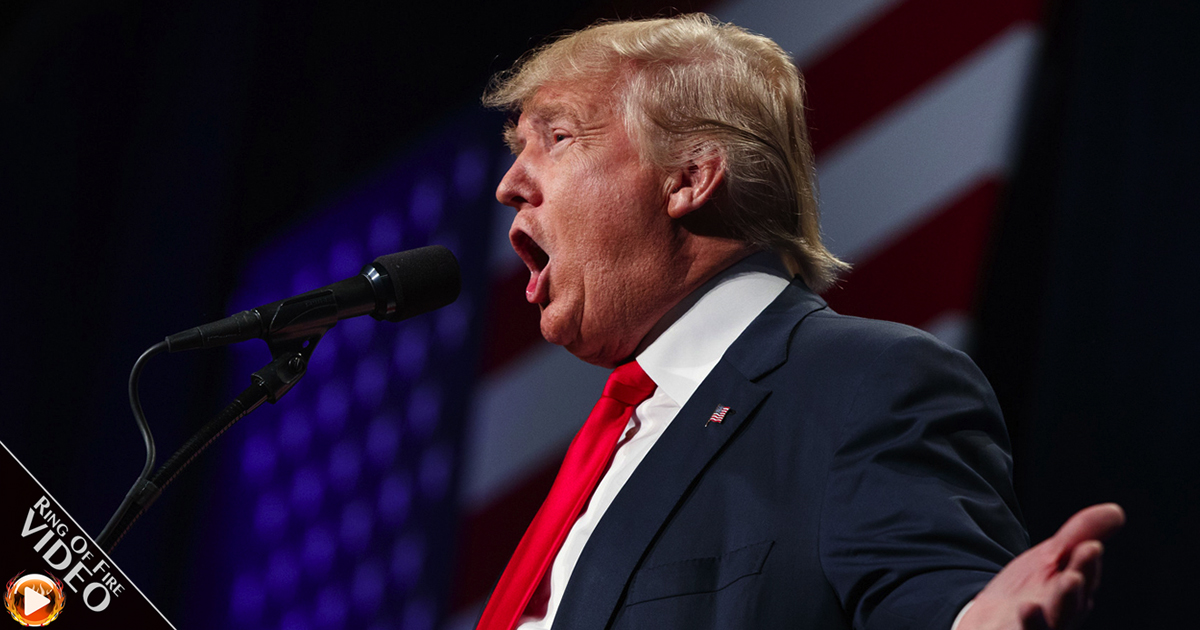When it comes to influencing policy in Washington, every industry has their preferred methods. The oil industry sets up phony grassroots campaigns to spread misinformation and lobby Congress for everything they want. Wall Street banks prefer to operate in the shadows, throwing money towards members of Congress they think will be influential. But when it comes to affecting policy in Washington, D.C., no organization or industry has gamed the system better than the pharmaceutical industry.
With combined yearly income that tops $110 billion (and that’s just from prescription drugs – revenue from medical devices hovers around $350 billion,) the pharmaceutical industry is one of the most powerful – both financially and politically – industries in the country. And since they can’t make a move without government approval, they’ve created an infrastructure that will benefit their companies for generations.
Unlike other companies that focus all of their time on either political donations or indirect lobbying, Big Pharma has taken an “all of the above” approach when it comes to dirty tricks. Sure, they throw around a hefty amount of campaign cash, but money can only buy so much if the backlash from the public is strong enough. So in order to overcome the limitations of dollar bills, the industry has decided to take a page out of a sleazy spy novel – they operate with men on the inside of the system.
The crimes that Big Pharma has managed to get away with as a result of their two-pronged approach towards policy influence would make even the hardest gangster blush: Price gouging, negligence, lying to government officials, and even manslaughter. And even though our U.S. Supreme Court tells us that corporations are “people,” not one executive from the pharmaceutical industry is sitting in a jail cell. They are having expensive dinners in New York City; enjoying cocktails with government officials; and coming up with new, manufactured diseases that they can “cure” for a hefty profit. Here’s how they do it:
First and foremost, cash is always king in Washington. Unlike the oil industry, who gives most of their cash strictly to Republicans, or labor unions who favor Democrats when writing campaign checks, Big Pharma will donate money to any candidate or established politician who has an open pocket. By donating indiscriminately, they insure that their needs are met, regardless of which party is currently in power. For example, during the 2010 midterm elections, 54% of the pharmaceutical industry’s money went to Democrats. In contrast, their donations for the 2012 election cycle flowed towards Republicans (55% of total campaign contributions.) But a few percentage points one way or the other isn’t enough to show that the industry favors one party over the other. It just shows that they are playing both sides of the board, gaining an advantage over other special interests in every election.
So…what exactly is Big Pharma buying with this money? They are buying, literally, Congressmen and administration officials.
This is where phase 2 of their plan kicks in. If the money they’ve poured into elections isn’t enough to get their way, they simply add former government officials to their payrolls. This is what is referred to as the “revolving door” between the government and the pharmaceutical industry.
In the 2014 midterm elections, Big Pharma gave away $32 million in campaign contributions, but for every dollar that they spent on direct contributions, they spent $7 on lobbying.
Thanks to Martin Shkreli, the issue of Big Pharma price gouging is finally on the minds of both the American public and members of Congress, and Shkreli is being compelled to testify before Congress this week to explain why he thought it was a good idea to markup the price of an anti-parasitic drug by 5,000%. No doubt we’ll hear him throw the rest of the pharmaceutical industry under the bus for doing the same thing, and that’s what we’re hoping for.
Big Pharma is a life-saving industry, there’s no question about that. But they are also one of the greediest and sneakiest industries in the world, and it’s time that they’re activities get exposed to the public.




